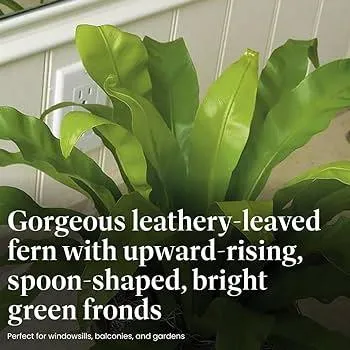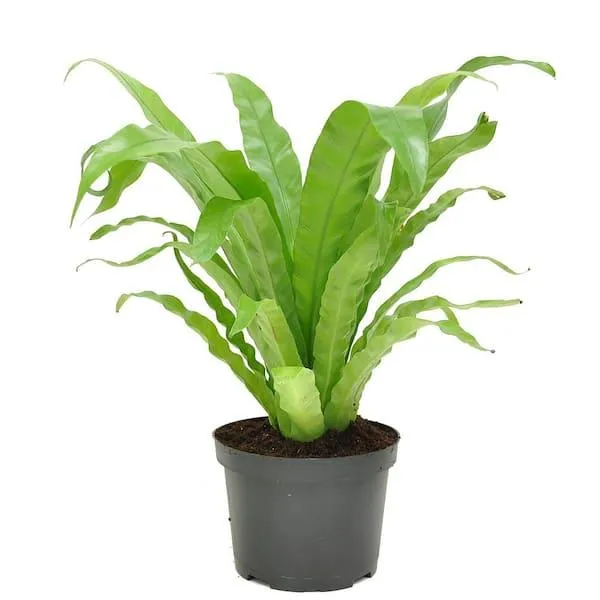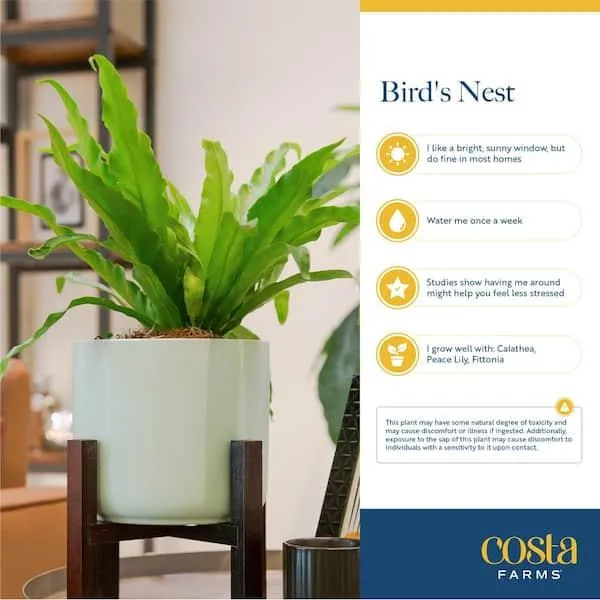Understanding Your Interests in Bird Nests, Ferns, and Cats
Welcome! Based on your search for “bird nest fern cats,” it seems you may have several nature-related interests you’re curious to learn more about. Let me try to address some of the major intentions or questions you may have regarding these topics.
Bird Nests
First of all, you’ve likely found yourself observing birds nesting in your yard or neighborhood and are interested in learning more about the different types of nests birds build. Bird nests come in amazing variety depending on the species. Some build elaborate woven structures while others take a simpler approach. Here are a few of the most common nest types:
- Cup nests – Small, compact nests made of grass, twigs, and other lightweight materials molded into a cup shape. Examples include robins and sparrows.
- Platform nests – Flatter structures made of sticks and lined with softer materials like grass or feathers. Ospreys, eagles, and geese often build these multipurpose landing pads.
- Pendant nests – Hanging nests hung from tree branches like purse or sack structures. Weavers and orioles are known for their aerial architectural skills.
From my experience birdwatching over the years, it never ceases to amaze me the ingenious ways different birds construct nests tailored perfectly for sheltering eggs and raising their young. Keep an eye out in trees and shrubs near you – you may spot some feathered builders hard at work!
Ferns
Ferns are another fascinating area of interest that frequently captures people’s attention. As one of the earliest forms of vegetation, ferns have been around for over 300 million years and come in a stunning array of different shapes, sizes, and environments. Three ferns you may find intriguing based on your search terms are:
Bird’s Nest Fern
As the name suggests, bird’s nest fern (Asplenium nidus) earns its name from its distinctive curled leaflets that resemble a bird cradling its eggs in a nest. A tropical epiphytic fern, it thrives mounted on surfaces like tree trunks in humid conditions. The leathery dark leaves have a prehistoric appeal. I’ve seen them thriving in conservatories and botanical gardens.

Stag’s Horn Fern
Another striking fern is the stag’s horn fern (Platycerium bifurcatum), so named for its antler-like branching fronds. Native to Australia, it grows clustered spear-shaped leaves up to 3 feet long on slender stalks. From a gardening perspective, it prefers dappled shade and moisture retention. Those curvy arching stems give it a prehistoric fantasy vibe.
Boston Fern
A popular and hardy household plant is the Boston fern (Nephrolepis exaltata Bostoniensis). This trailing fern features lacy green fronds with a cascading habit perfect for desks, shelves or hanging baskets. I’ve found it flourishes in medium to low light as long as soil stays consistently moist. It creates a lush greenery that adds life to any indoor setting.
In summary, whether admiring strange and unique types from tropical regions or growing a classic variety at home, ferns offer beautiful foliage with a mystique all their own. They’ve survived for eons – who doesn’t want a reminder of prehistoric pleasures!
Cats
Last but not least, your mention of “cats” in the search tells me you may have a soft spot for our feline friends. As any cat parent knows, cats come with loads of charm but also their own quirks! Some issues folks often deal with include:
Litter Box Problems
Whether it’s refuses to use the litter box orTracking litter outside of it, litter box troubles are basically the #1 complaint cat owners face. From my experience, the key is finding the right litter, keeping it clean, and providing enough boxes for multi-cat homes. Positive reinforcement training works too if it’s a new behavior issue.

Scratching Furniture
Cats just gotta scratch, but redirecting them to approved posts and pads helps save the couches! When they were kittens, I’d give verbal praise and treats for using their posts. Now as adults, they know what’s cool. Some coats also come with plastic caps to protect furniture from claw damage.
Playing Too Rough
Kittens especially get zoomy and want to play bite and wrestle – use toys, not hands! With my older rescue cat, I put a squirt of catnip on toys to actively engage her and reduce nipping us when excited. Over time she learned biting was reserved just for playmates. Positive reinforcement is key to curb play nips.
In the end, cats bring endless entertainment, whether bugging lasers, tumbling in boxes, or just zooming around. You basically sign up to be a toy when you adopt a feline friend, kind of like being a parent! But their purrs and cuddles make it all worthwhile, right?
I hope this article helped shed some light on the bird, plant, and pet interests suggested by your original search terms. Please let me know if any part of this discussion could be expanded on or improved! I’m always happy to chat more about nature, gardening, pets, and other topics that capture people’s curiosity.
Bird Nest Fern Cat Homes
| Cat Size | Fern Size | Nest Material |
|---|---|---|
| Small | Large Fern | Moss, small leaves |
| Medium | Medium Fern | Moss, leaves, small twigs |
| Large | Extra Large Fern | Moss, leaves, twigs, shredded fabric |
| Extra Large | Fern in large pot | All of the above, plus cotton batting |
| Kitten | Any size fern is suitable | Only soft materials like cotton, silk, or flannel |
FAQ
-
What kind of birds use nest fern for their nests?
Basically, small songbirds like wrens and warblers commonly build nests out of nest fern. The soft and fibrous texture of nest fern makes it a great choice for tiny nests.

-
Do cats ever try to catch birds in their nest fern nests?
While feisty felines certainly love stalking birds, nest fern nests are usually well hidden enough that cautious kitties have trouble finding them. However, outdoor cats may spot nesting songbirds every once in a while, much to the birds’ dismay.
-
What other plants do birds use for nest material besides nest fern?
Songbirds kind of rely on whatever soft plant material is available locally for their nests. Moss is a common choice, along with thistle down, cattail fluff, and spider web threads. Bird watchers also report birds carrying dry grass, mud, lichen, and sometimes string or plastic bits back to the nest site. Maybe they have weird taste in home decor like we humans!
-
Are there any health risks to using nest fern for nest-building?
As far as nesting material goes, nest fern is one of the safer options for birds. It’s non-toxic and doesn’t carry parasites or fungi that might sicken delicate nestlings. On the other hand, some materials like cat or dog fur picked up from gardens can transmit diseases or external parasites to hatchlings. Stick to all-natural fern!
-
How else do cats impact birds and their nests?
Cats are unfortunately very skillful bird hunters who view feathered friends as prey. Outdoor cats may disrupt breeding songbirds simply by being under trees with nests. Their scent alone can cause parent birds to abandon nests in panic. Perhaps we should keep kitties inside as much as possible to give little nestlings a fair chance, right?
-
Do bird nests made of fern fare better or worse than nests made of other materials?
Studies show nest success rates do not appear to depend heavily on nesting material. Other factors like nest placement, weather conditions, and predator pressure outweigh choice of nest fibers. One research paper found songbird nests made of plant down like thistledown did last longer than those made of plant parts like fern. But the material itself is basically just part of getting a cozy home built on a budget!

-
How long does it take birds to build a nest?
Most songbirds build fairly simple nests that take around three to five days to complete from start to finish. Larger birds like robins may need a couple weeks to construct a thicker nest. The nest-building process looks kinda frantic, but reminds us that teamwork and patience go a long way, just like in human projects!
